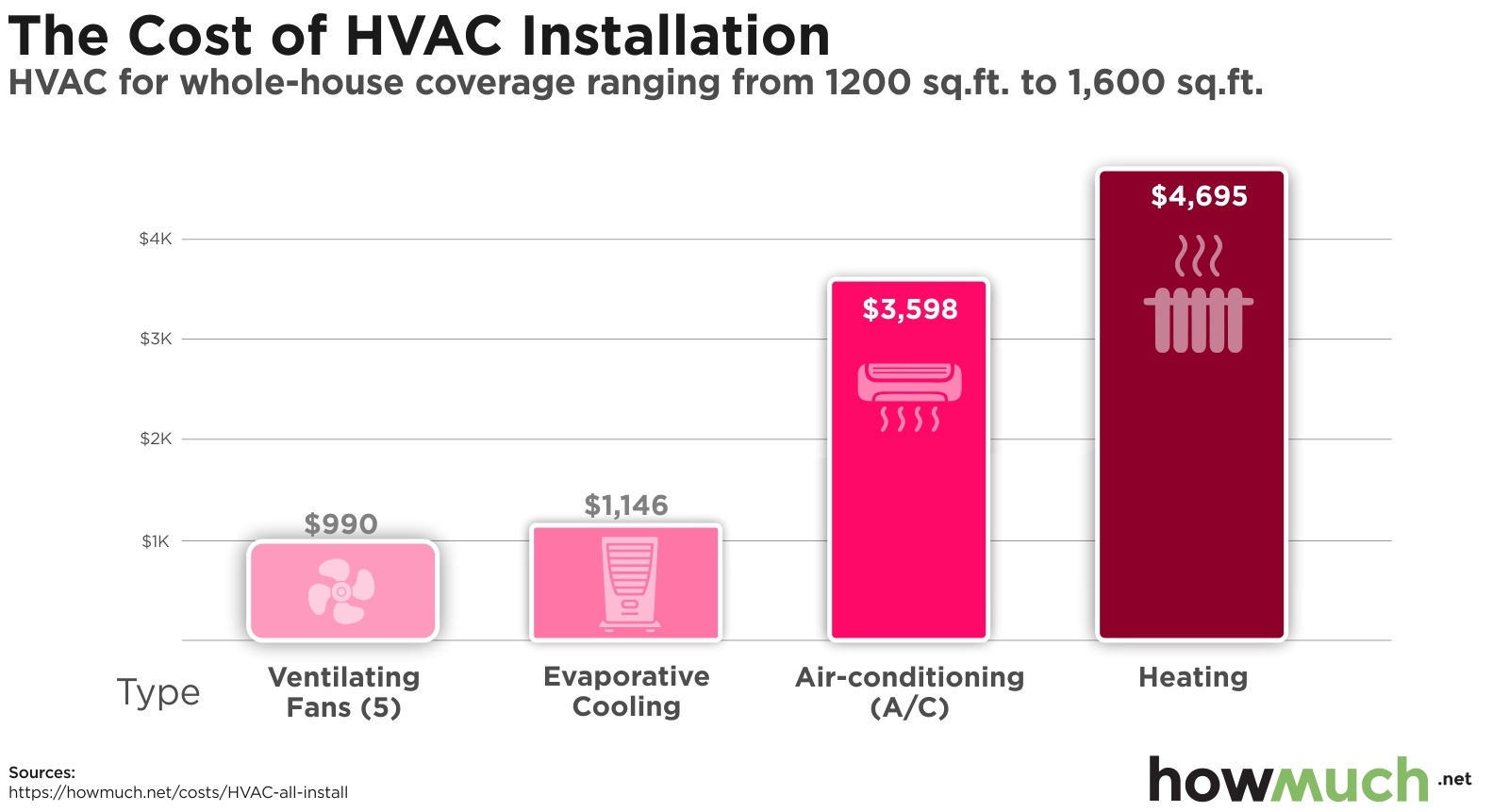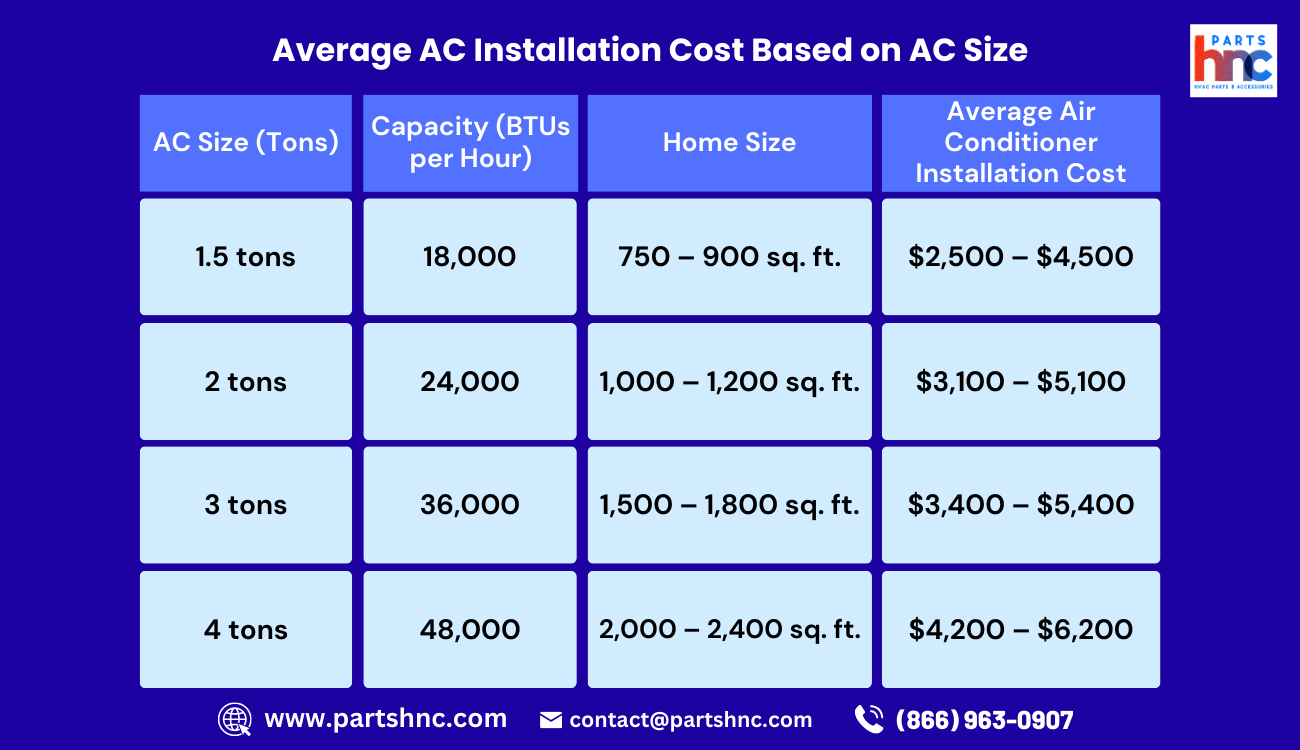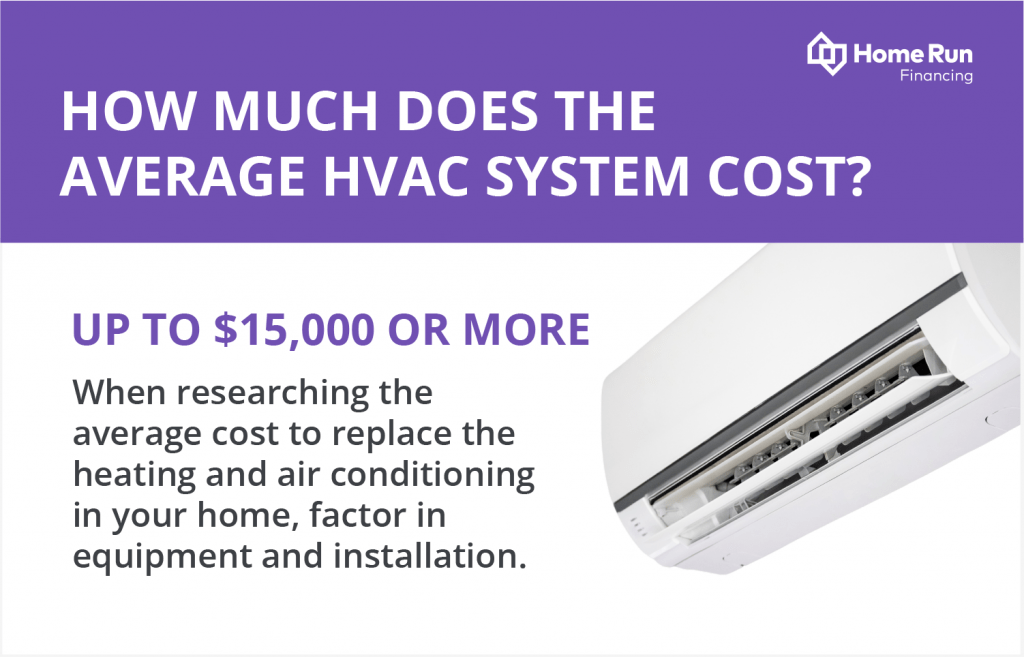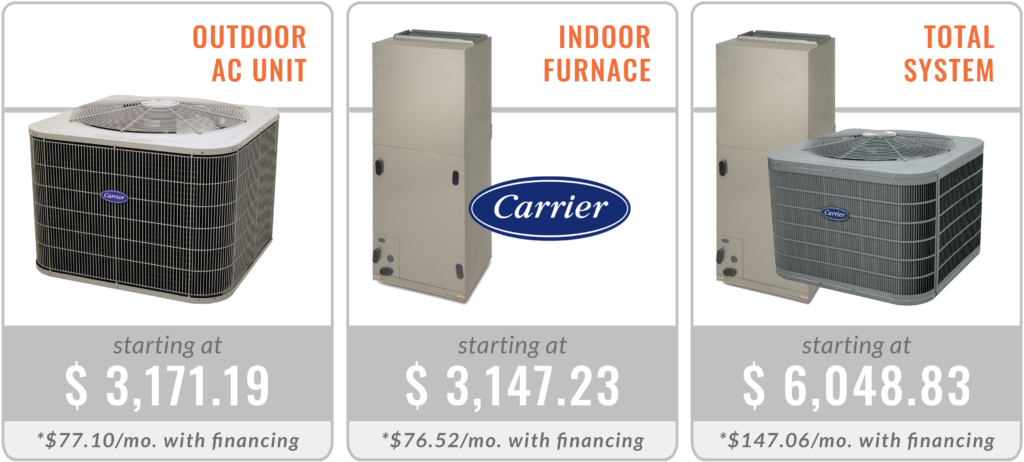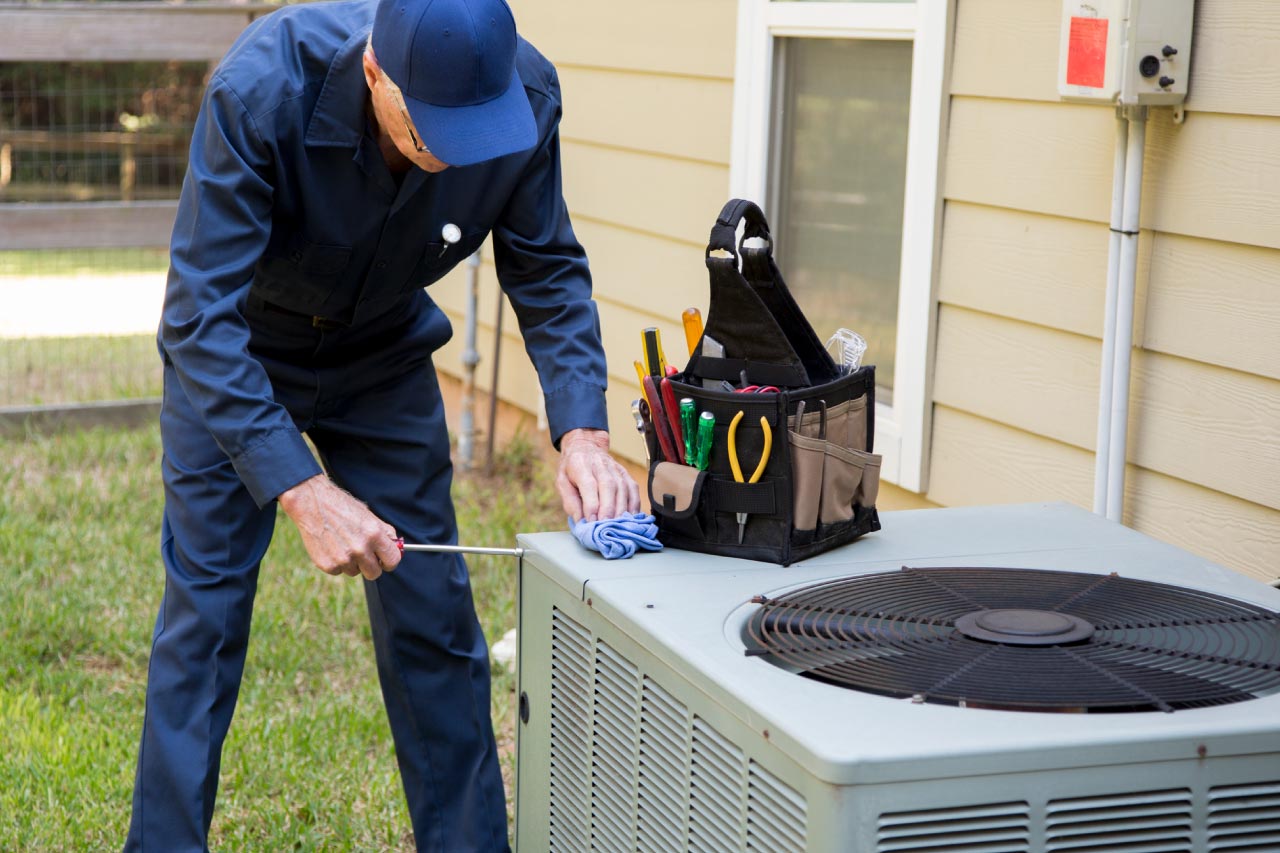Average Cost To Replace Ac Unit In Arizona

The Arizona sun, a relentless force for much of the year, demands reliable air conditioning. When that cooling system fails, homeowners are thrust into a sweltering reality coupled with the daunting question: how much will it cost to replace?
For many Arizona residents, a broken AC unit isn't just an inconvenience; it's a potential health hazard and a significant financial burden.
The cost to replace an AC unit in Arizona varies widely depending on several factors. Homeowners should prepare for costs ranging from $4,000 to upwards of $12,000, with the average falling around $7,000 - $9,000. This article will delve into the specifics of these costs, the factors influencing them, and provide guidance for navigating this essential home improvement project.
Factors Influencing AC Replacement Costs
Several key factors determine the final price tag of a new AC unit installation.
Unit Size and Type
The size of your home dictates the necessary cooling capacity of the AC unit, measured in BTUs (British Thermal Units). Larger homes require more powerful, and therefore more expensive, units.
Split systems, the most common type, involve an outdoor compressor and an indoor air handler. Ductless mini-split systems, heat pumps, and packaged units each have different price points and installation requirements.
Heat pumps, which can both heat and cool, may offer a higher upfront cost but potentially lower long-term energy expenses. The type of unit significantly impacts the initial investment.
Energy Efficiency (SEER Rating)
SEER, or Seasonal Energy Efficiency Ratio, measures an AC unit's cooling efficiency.
Higher SEER ratings translate to lower energy bills but also come with a higher purchase price. Arizona residents often opt for higher SEER ratings to offset the intense summer heat and long cooling season.
Units with SEER ratings of 16 or higher are becoming increasingly popular, offering a balance between initial cost and long-term savings.
Installation Complexity
Simple replacements, where the new unit is a similar size and configuration to the old one, tend to be less expensive.
However, if modifications to ductwork, electrical systems, or the home's structure are needed, the labor costs will increase. Older homes often present unique challenges that require specialized expertise and add to the overall expense.
Accessibility to the existing unit and any necessary permits can also affect the installation timeline and cost.
Brand and Features
Established brands like Carrier, Trane, and Lennox often command a premium price due to their reputation for reliability and performance.
Additional features, such as smart thermostats, variable-speed blowers, and advanced filtration systems, can further increase the cost. These features provide enhanced comfort, control, and air quality.
Choosing a reputable brand and desired features involves balancing budget considerations with long-term benefits.
Contractor Selection
Labor costs can vary significantly between different HVAC contractors.
Obtaining multiple quotes from licensed and insured contractors is crucial for ensuring a fair price. It’s always advisable to verify the contractor's credentials with the Arizona Registrar of Contractors.
Checking online reviews and asking for referrals can provide valuable insights into the contractor's quality of work and customer service.
Breaking Down the Costs
Understanding the individual components of the AC replacement cost can help homeowners budget effectively.
Equipment Costs
The AC unit itself typically accounts for the largest portion of the overall cost, often 40-60%.
Prices vary depending on the factors mentioned earlier, such as size, SEER rating, and brand. Getting a clear breakdown of the equipment costs from each contractor is essential.
Comparing the specifications and features of different units will empower you to make an informed decision.
Labor Costs
Labor costs cover the removal of the old unit, installation of the new unit, and any necessary modifications to existing systems.
These costs can range from $1,000 to $3,000 or more depending on the complexity of the job. Ensure the contractor provides a detailed estimate that outlines all labor charges.
Permits and inspections are often included in the labor costs, ensuring compliance with local building codes.
Additional Costs
Homeowners may encounter additional costs such as ductwork repairs or modifications. Upgrading the electrical panel might be needed if the new AC unit requires more power.
The cost of refrigerant, particularly if it's the newer R-410A refrigerant which is being phased out in favor of more environmentally friendly options, can add to the total expense.
It's essential to discuss potential additional costs with the contractor upfront to avoid unexpected expenses.
Financial Assistance and Rebates
Several financial assistance programs and rebates can help offset the cost of AC replacement.
Utility companies like Arizona Public Service (APS) and Salt River Project (SRP) often offer rebates for installing energy-efficient AC units. These rebates can significantly reduce the upfront cost.
Federal tax credits may also be available for qualifying energy-efficient appliances. Explore these options to maximize savings.
Financing options from HVAC contractors or third-party lenders can help spread the cost of the replacement over time.
Future Trends and Considerations
The AC industry is constantly evolving, with new technologies and regulations impacting costs and efficiency.
The phase-out of R-410A refrigerant will likely drive up the cost of older units and increase demand for newer, more environmentally friendly alternatives. Investing in energy-efficient units with smart home integration is a growing trend.
Homeowners should consider long-term cost savings and environmental impact when making their AC replacement decisions. Staying informed about industry trends will allow you to make the best choice for your needs and budget.
The Arizona climate demands a reliable AC system, but replacing it can be a complex and costly undertaking. By understanding the factors influencing the price, obtaining multiple quotes, and exploring available rebates and financing options, homeowners can navigate this process effectively and ensure a comfortable and energy-efficient home for years to come.
